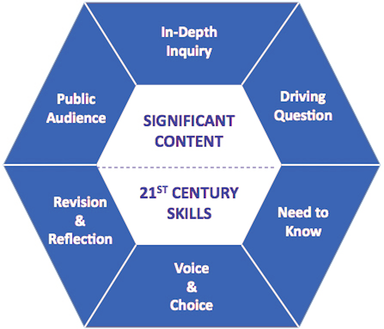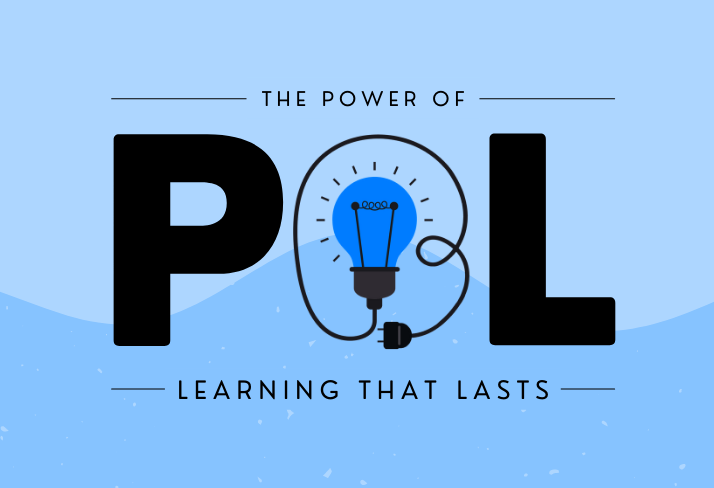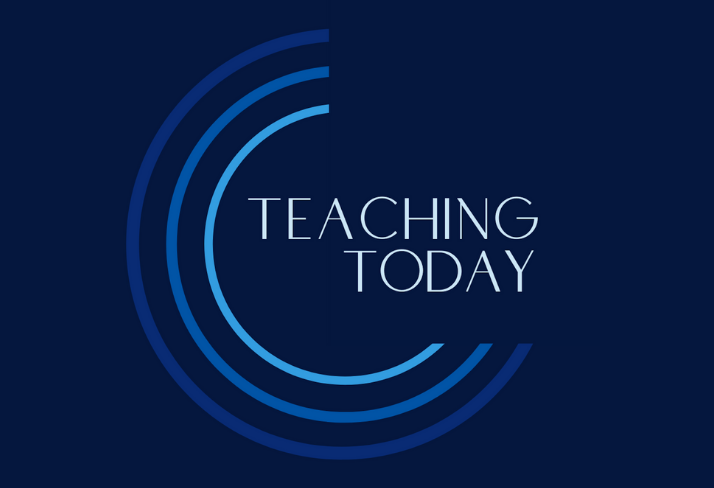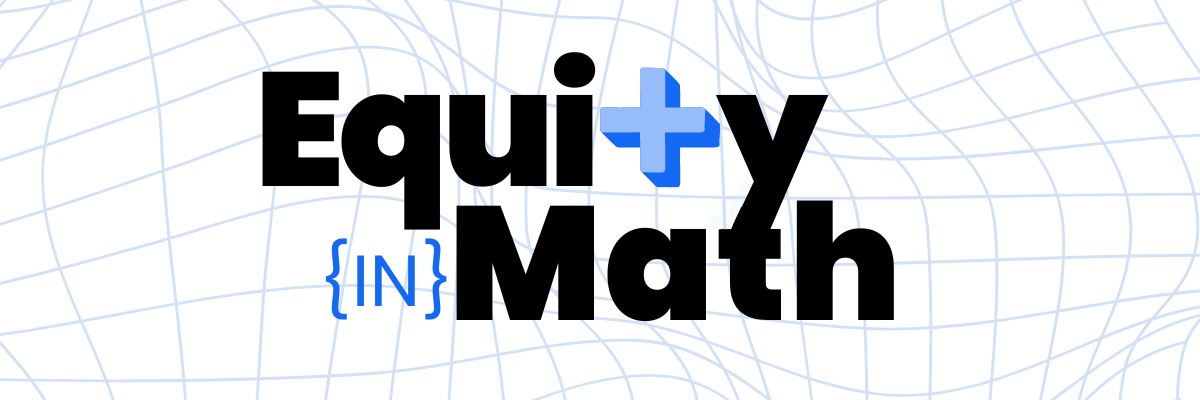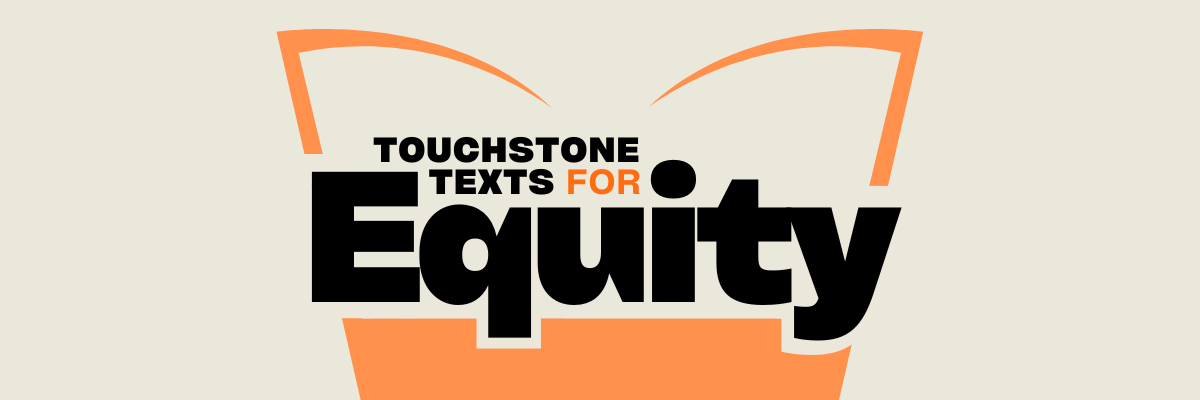|
Incorporate PBL into existing tasks and create engaging, meaningful opportunities for your students.
Project-based learning is a widely used term in education. Although many educators have a general understanding of what it means, it’s often met with uncertainty and apprehension.
A simple Google Search of “project-based learning” results in 10 pages of articles or blogs, written by various organizations, institutions, and individuals. For instance, cultofpedagogy describes project-based learning as a combination of standards, best practices of UBD (understanding by design), and formative assessments. ASCD describes a project as meaningful if it fulfills two criteria: that students "feel the work is personally meaningful, as a task that matters" and that the project fulfills a “meaningful purpose.” Edutopia describes project-based learning as learning that tells a story. Throughout my 15 years of teaching and coaching, I’ve seen varying interpretations and implementations of project-based learning myself, which have been further complicated by the move to remote and blended learning environments. For educators who are working with packaged curricula, it can be especially difficult to see the opportunities available for introducing PBL in classrooms. But focusing on the core components of this work can support us in establishing engaging, meaningful, and doable project-based learning experiences for our students.
Components of project-based learning
One of the most well-known and admired institutions when it comes to project-based learning is the Buck Institute. They offer what I think are very helpful criteria to inform what project-based learning can look like:
In line with much of the graphic, our K-12 coaching team believes that projects are a wonderful way to help students cultivate 21st century skills, focus on a pressing topic or issue, develop their identity as readers and writers, and engage in a writing process that involves extensive feedback, revision, and reflection on their learning. We believe the pedagogy of project-based learning is about:
Now that we’ve laid out some of the basics, we can investigate what project-based learning might look like in action. The questions above can help inspire task revision and allow you to incorporate project-based learning into pre-packaged curricula, without starting from scratch.
Creating relevant, meaningful tasks
Recently, I partnered with a school in Brooklyn to support them as they designed and reimagined assessments for online learning. As an elementary school, they had adopted a packaged curricula for English Language Arts instruction. My goal was to help them make existing tasks and assessments more engaging and relevant for students, and support them in redesigning the tasks as they were written in order to infuse elements of project-based learning — without compromising rigor. We began with a first grade writing task that focused on persuasive reviews based on favorite places, foods, etc. To begin revising this task, we started by examining three important questions, informed and inspired by the Buck Institute:
We used these questions to guide our analysis and revision, referring back to the original task:
Turning the task into a project
Now that we have been able to identify the basic possibilities and challenges with this task, we can continue on to revision, and begin to shift our original task into a project. When it comes to developing authentic and meaningful projects, we like to turn to a promising practice called GRASPS. This stands for: G: What is the goal of the project? R : What is the role of the student? A: Who is the audience? S: What is the structure of the writing? P: What is the purpose? In conjunction with our earlier questions, the GRASPS framework is a helpful tool in redesigning tasks and ensures that our revisions are clear. In our example, the responses look something like this:
Equipped with these revisions, we can now more easily shift the original writing task to one that is project-based, and understand how we can introduce these ideas to students. This not only generates excitement for students, but teachers as well — our partners in Brooklyn were eager to plan and implement this project within their classrooms, and were excited about the additional possibilities for creativity.
What I hope is evident throughout this process is that project-based learning can have a variety of entry points — whether you’re teaching remotely or in-person, creating your own projects, or reimagining pre-packaged curricula. Regardless of your situation, recognizing how instruction can be meaningful, relevant, and doable — even with the current parameters of teaching and learning — is possible.
|
|
The Center for Professional Education of Teachers (CPET) at Teachers College, Columbia University is committed to making excellent and equitable education accessible worldwide. CPET unites theory and practice to promote transformational change. We design innovative projects, cultivate sustainable partnerships, and conduct research through direct and online services to youth and educators. Grounded in adult learning theories, our six core principles structure our customized approach and expand the capacities of educators around the world.
|
ABOUT US
525 West 120th Street, Box 182 New York, NY 10027 416 Zankel Ph: (212) 678-3161 [email protected] Our Team Career Opportunities |
RESOURCES
Professional Articles Ready-to-Use Resources Teaching Today Podcast Upcoming PD Opportunities |
COACHING SERVICES
Custom Coaching Global Learning Alliance Literacy Unbound New Teacher Network Student Press Initiative |


